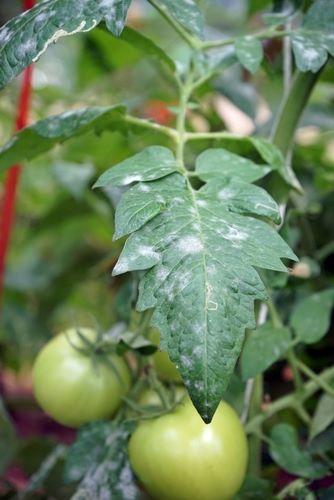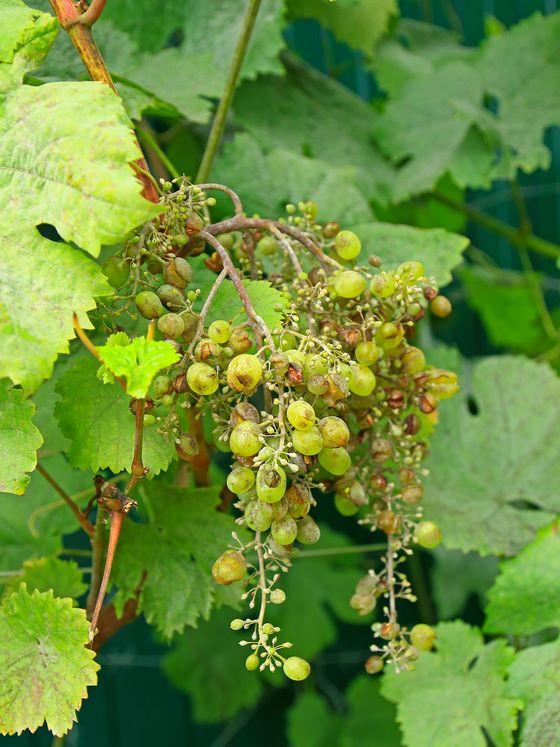What is oidium or powdery mildew, and how do we treat it?
Written by the AgriSC scientific team
Oidium, or powdery mildew, is a plant disease that is one of the most severe fungal diseases affecting vegetables. It affects many crops, including tomatoes, pumpkins, vines, peppers, watermelons, and various ornamental plants, such as roses.
White, powdery rashes that initially appear in small patches and then spread to cover the leaves are what distinguish powdery mildew from other fungal diseases. Diagnosis is based on its characteristic symptoms and is relatively easy.
Vines, pumpkins, and cucumbers are the most susceptible horticultural crops, while roses are often affected among ornamental plants.
How can we identify powdery mildew?
The fungus spreads on the leaves through its mycelium, creating a white powder that looks like someone has poured flour. This powder is most visible on younger leaves and tender green shoots.
Usually, the fungus covers the upper part of the leaves, but some species grow on the lower part, such as on tomatoes. On some plants, it can spread and cover flowers, young buds during flowering, and leaf stems.
Although these symptoms seem severe, the fungus can rarely destroy the plant. Its main problem is the plant’s weakness and distortion. Repeated infections weaken the plant and make it vulnerable to other diseases and insect pests.
Additionally, when the white fungus covers most of the leaves, it limits photosynthesis, prompting the plant to discard infected leaves early as a self-defense mechanism. This will result in reduced fruit and fruit production in edible plants and a deterioration in their quality and taste.
Since each plant family has its species of mildew-causing fungi, even if two plants grow near each other in the garden/crop and one becomes infected, the other will not be affected. However, wind can spread this fungus quickly, increasing the risk of infection.


How does powdery mildew infect plants?
This fungus seems to be present in many places. Its spores survive the winter and survive in crop residues, plant tissues and buds themselves, acting as a source of infection for the following season.
In the spring, the spores germinate and form the mycelium (the body of the fungus) in their respective locations, and new spores are produced from there. These new infections move through the plant tissues with the help of air, insects, and water.
Conditions that promote the growth and spread of powdery mildew include periods of high relative humidity and rainfall, dense planting where air circulation is restricted, and moisture being retained on the inner surfaces of plants. Conversely, periods of infrequent rain and severe drought are unfavorable for spreading the disease.
High relative humidity favors powdery mildew, but the spores cannot germinate on the leaves when wet; they only germinate when dry.
Suggestions for prevention of the disease
The most effective protection against powdery mildew is to apply cultural techniques that will prevent the creation of ideal conditions for its growth. Nevertheless, the success of this effort depends on the weather conditions, and there are certain months in which we need to be particularly careful.
- Choose to plant disease-free plants and ensure they grow healthy and stress-free. Plants under stress are more susceptible to disease, so ensure they do not suffer from high temperatures.
- Select plant varieties that resist this disease in areas with high relative humidity over a long period of time.
- Avoid planting your vegetables in areas of the garden where there is shade during the day, as this may encourage the growth of fungal spores. Instead, establish your plants in areas with plenty of sunshine.
If you are in an agronomy business, own an agronomy shop, and seeking a collaboration opportunity with AgriSC, fill out the form below. Our team will respond promptly!

